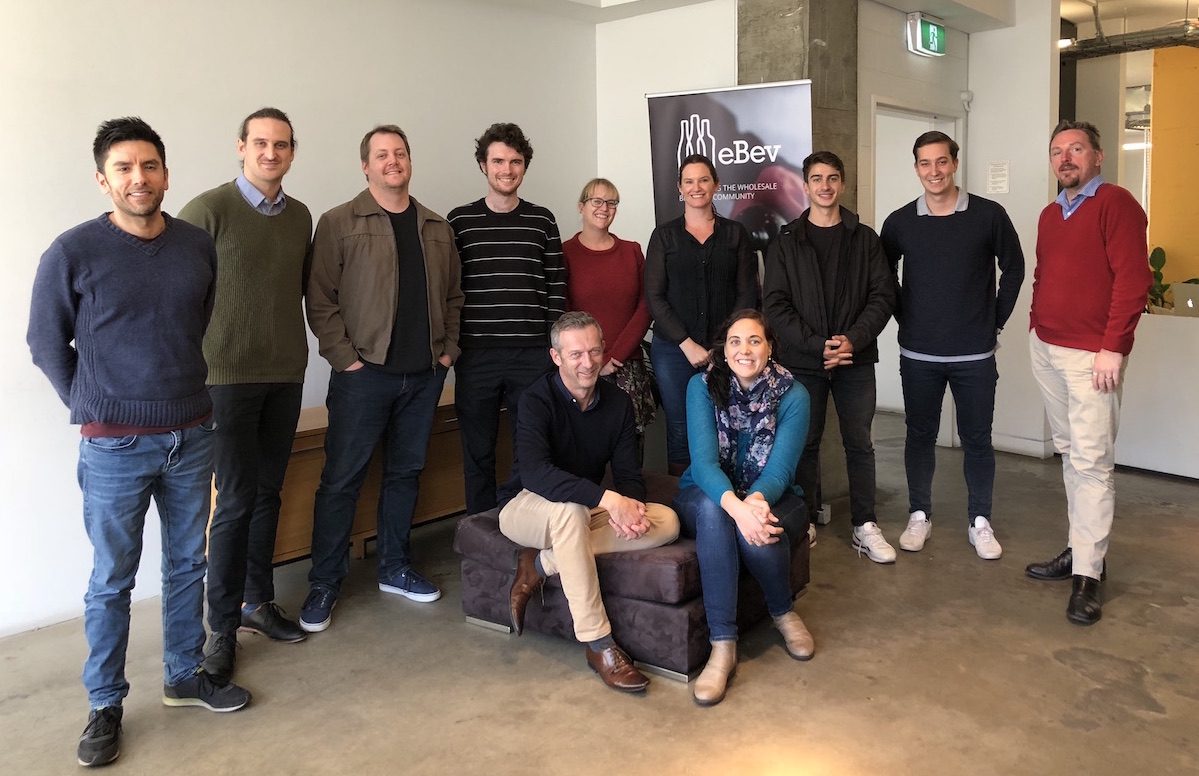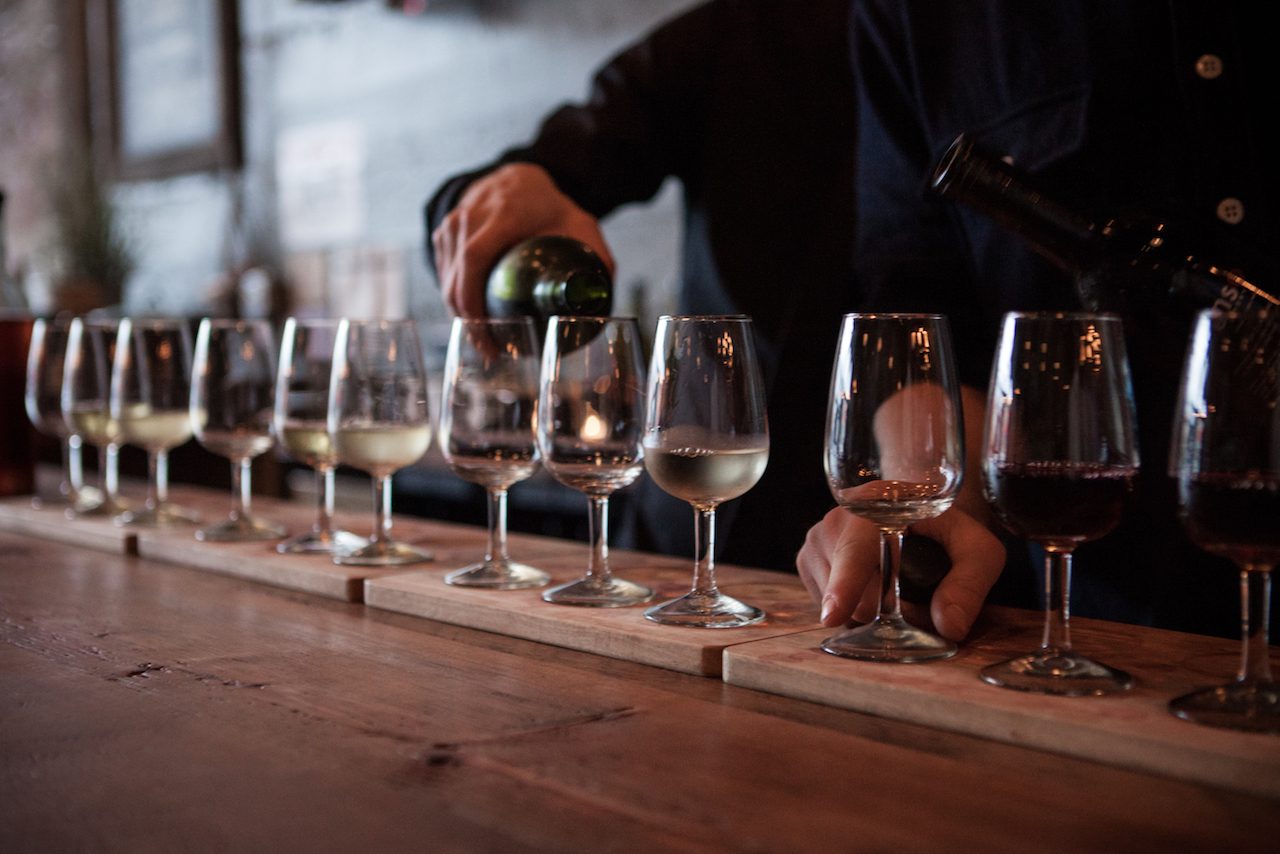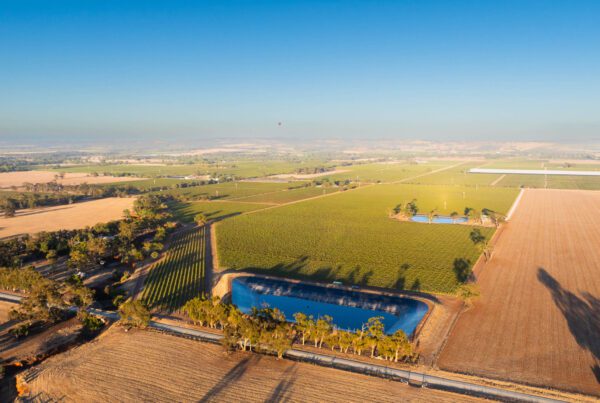
Sponsored
Australian startup eBev is transforming the way licensed venues buy wines by creating a digital community of buyers and sellers, operating in transparency and with informed choice. The eBev website connects buyers, in particular on‐premise, with all the suppliers (distributors/producers) in their market.
A finalist in the 2018 Australian Wine Industry Impact Awards, eBev is digitising the $6.4 billion Australian wholesale beverage market. Licensed venues log in to eBev to interact with, source and order products from all suppliers through one easy-to-use platform.
“Restaurants, pubs and bars want to deliver a great experience with an interesting wine offering for their customers, and have a fantastic relationship with their sales reps and producers. Wine is a sensory experience and the people element to this is crucial. And this is where eBev comes into it,” eBev CEO Ian Harris says.
eBev’s database of more than 29,000 products (mostly wines) is the largest and most comprehensive in Australia; 175,000 cases have been ordered since inception involving $21 million of transactions. More than 2,700 venue members are registered on the platform with 670 sales rep user accounts, and there are 340 beverage suppliers (distributors/producers).
The eBev team.
Under the old system, if a venue has eight wine suppliers, it places eight orders with eight sales reps to get eight deliveries, eight invoices and then makes eight payments.
“This just gets in the way of the relationship and the end consumer’s experience,” Ian says.
“Now imagine a marketplace where there was only one order (but still eight sales reps), one invoice, one delivery and one payment. eBev is charging down this road less travelled.
“Historically, the B2B wine supply channel has been fragmented and competitive – and saturated. Hospitality is a boutique industry, focused on customer service and operations. The relationship between the wine buyer and seller has an emphasis on relationships and F2F selling. The process is archaic and includes significant amounts of manual work involving a distributed supply chain from producer, distributor – sometimes a wholesaler – and ultimately to a licensed venue.
“eBev is making it easier to get the product from grape to glass by providing an ecosystem for licensed venues to discover new wine and to connect with and order from distributors and producers. Venue members can buy, sell, compare, shortlist, order, transact, manage inventory, analyse performance and communicate on eBev.”
eBev’s digital platform allows suppliers to expand their reach, improve communication with customers, nurture these relationships and implement efficiencies in their sales process with CRM tools. eBev assists suppliers by putting sales reps in the right place at the right time with the right wines (samples). The ordering function allows sales reps to spend their time focusing on business development activities (selling more) as well as staff training and support in-venue.
“eBev is a two-sided marketplace uniting the on‐premise wholesale wine trade,” Ian says.
“Through collaboration and aggregation, we can collate valuable on‐premise market information. Transaction and listing information paired with behavioural activity details combine to create a central resource for wine category insights, benchmarking data and industry business.”
A key benefit of eBev – which features custom-built software designed by in-house developers – is bringing technological efficiencies to the domestic wine industry and aggregating what has previously been a fragmented marketplace. eBev includes a search engine to find wines and identify who supplies which wines in your market.
“This replaces the antiquated and unsustainable use of hard-copy portfolios. It also enables venues to explore the market as a whole and provides choice where location may have restricted a venue’s offerings,” Ian says.
eBev is creating a community offering benefits to both venues and distributor. eBev customers have access to exclusive information about what’s working – and what’s not – in the on-premise. Information is also available about wine production and exports, and there is also access to off‐premise activity prepared from scan data or ex‐shed information.
“With the on‐premise, most distributors know what is working well (or not) within their own portfolio or product mix and customer/account mix. However, the picture of what is happening more broadly across the whole on‐premise market is limited, as the wholesale/distributor wine market is incredibly fragmented,” Ian says.
“Collecting information is the first step in the process for eBev. To ensure these are able to drive business decisions through actionable insights, we are working to understand what the industry wants/needs to produce these. There are many unique stakeholders (venues/distributors/producers), all with slightly different requirements at different times.
“We will provide these actionable insights and recommendations back to the community.
eBev’s first annual Beverage Index Report was released on 20 September. It looks at trends and insights from the market and is the most accurate on-premise analysis available. View the report here.
eBev is operating in NSW and Victoria. It has facilitated orders of more than $21 million since beta launch (mid‐2015), with about $1 million of beverages being traded through eBev monthly engagement achieved on both sides of the market.
“eBev has a proven business model and an experienced team to increase market penetration and further develop long-term passive, recurring revenue streams,” Ian says.
“The next phase is to scale nationally, grow revenues and roll out a single payment solution where venues can access all products and pay on one invoice.
“eBev is poised for significant growth and it is a very exciting time to be part of a business like it. With a loyal member base and supportive distributor network, we will continue to support the efficient growth of the wholesale beverage community.”
• For further information visit https://ebev.com/
Related content















Recent Comments